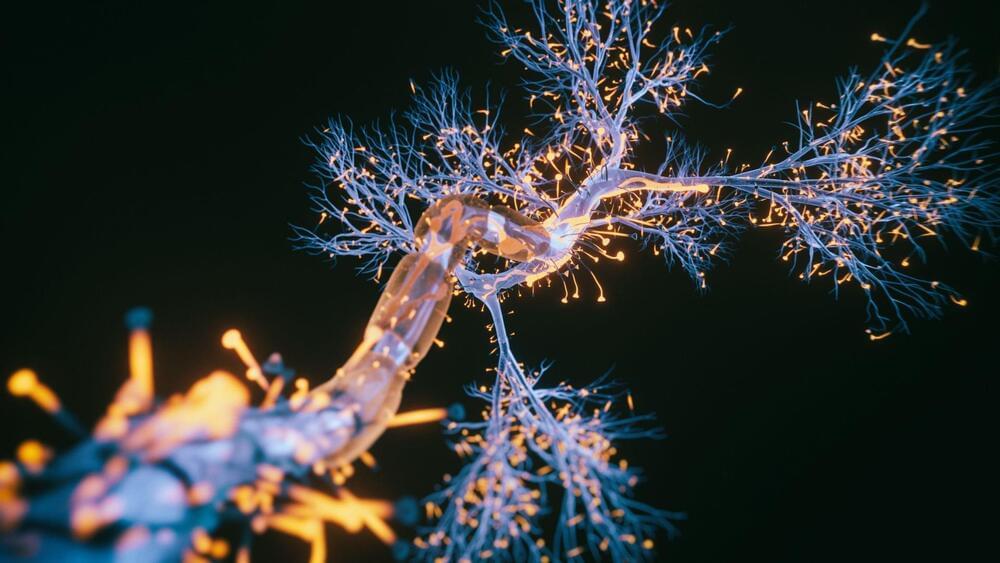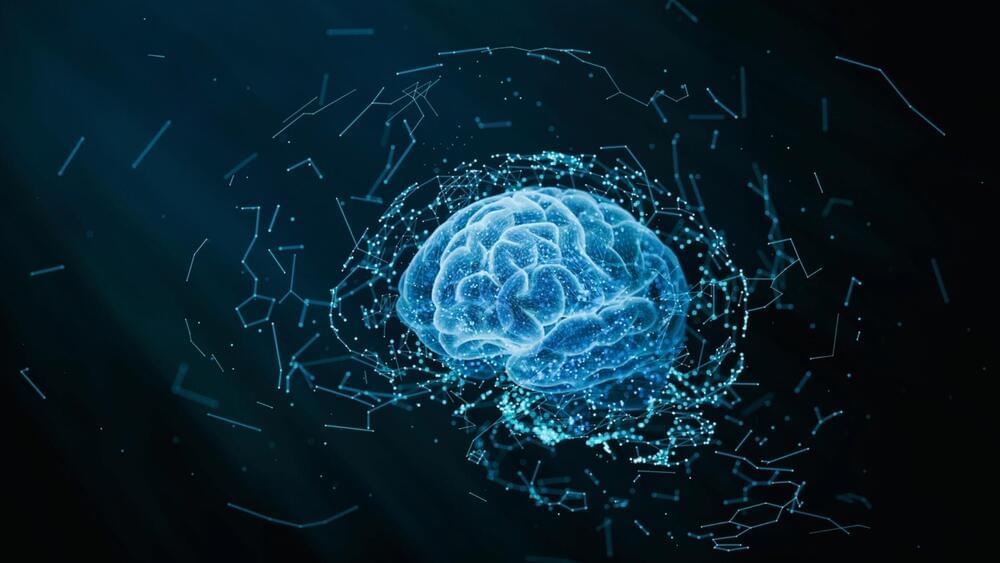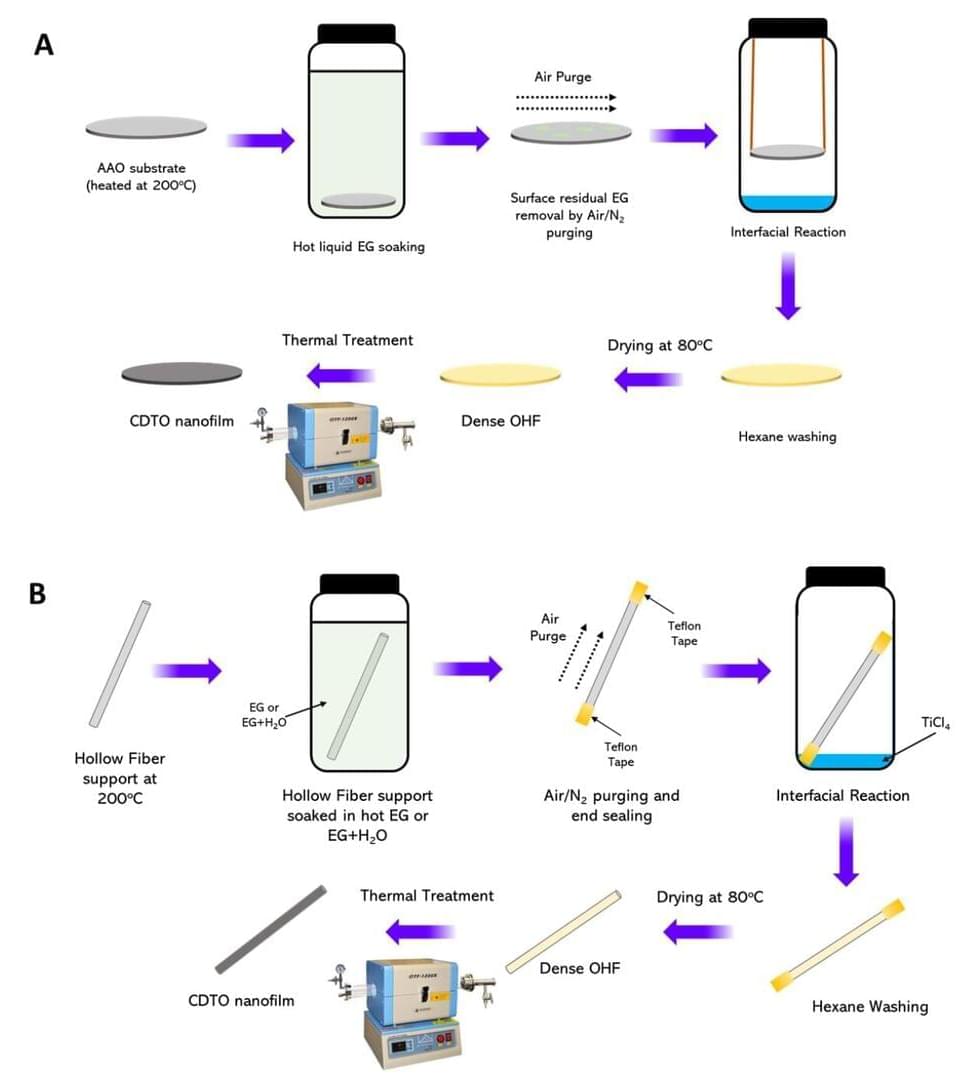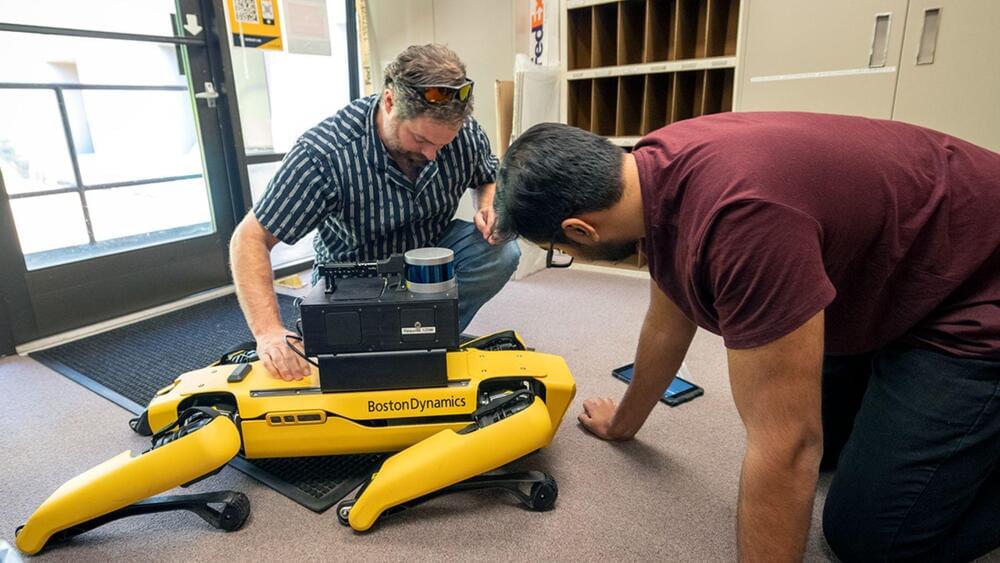A study finds a material that is 120 times faster than similar ones, demonstrating its precision in remotely stimulating neurons and repairing severed sciatic nerves in rats.
A new study is paving the way for alternative approaches to treating brain and nerve problems gently without the need for major surgery by introducing a magnetoelectric material.
Despite challenges such as nerve cells not responding well to the signals made by these materials, Researchers wanted to find a way to make these signals easier for our nerves to understand.









